|
The concept of a neutral pelvis is a topic every movement educator across different modalities would passionately debate over. This week on #SomawithDaphneandLucy, we’d like to share our take on the neutral pelvis as an embodiment PROCESS, rather than just a shape or a form. One of the most logical rationales to this principle is that - When the pelvis is in its neutral position, it allows for the most amount of space between each vertebra, as they are then aligned in their natural curves (i.e primary and secondary curves or kyphosis and lordosis). A neutral pelvis means that our spine can act as a “spring” in our bipedal form, to provide a buffer for the compressive forces moving through the body as we navigate through space and gravity. A simple approach to finding a neutral pelvis is to experiment with the anterior and posterior tilting of the pelvis in relationship to the bony landmarks - the ASIS (hip points), and the diamond-shaped compass of the Sacrum, Coccyx, Ischium, Pubic Symphysis - to find the place in the centre. These landmarks are incredibly useful in bringing awareness to a vital and yet vulnerable part of the body that we often ignore. Even though we spend so much time sitting on our bum, what we do with our pelvis and pelvic floor are often only brought to our attention when we are experiencing pain or discomfort. From the bony landmarks, we can begin to explore the intrinsic movement of breath within the inner body, in particular the relationship between the ribcage and the pelvis. Our respiratory diaphragm sits just beneath the ribs. As our primary breathing muscle, the diaphragm contracts and descends during inhalation, and releases to ascend during exhalation. The heart and lungs rest above the respiratory diaphragm, and our internal organs are below this diaphragm. On the other hand (end), the pelvic floor (also a diaphragm) supports the weight of our internal organs, in addition to sexual and elimination functions. The respiratory diaphragm and the pelvic diaphragm (not just a floor!) is actually one continuous integrated “being” that modulates our life force! Their ability to move in resonance with each other is important in the healthy and intricate functioning of all our biological processes, such as oxygenation, circulation, motility of organs, digestive and reproductive processes etc. Creating an embodied awareness on this symbiotic relationship of the intrinsic rhythm of our breath pulsating through the different diaphragms will not only create optimal alignment and ease in the way we move, sit, stand, walk, but also help regulate our nervous system, return us back to health, and cultivate a sense of grounding and safety. In the next video, we would like to invite you to explore a short practice to sense the resonance between the 2 diaphragms to come into the “state” of a neutral pelvis. |
Daphne Chua
Registered Yoga Therapist, Somatic Movement Educator, Bodyworker, Yoga Teacher Trainer
December 2021
Categories |
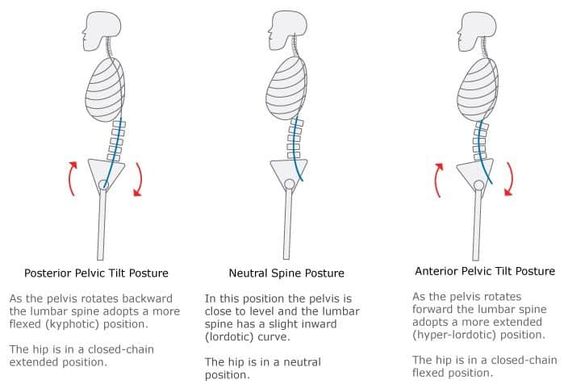
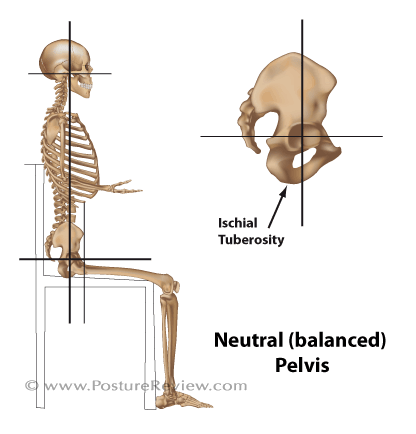
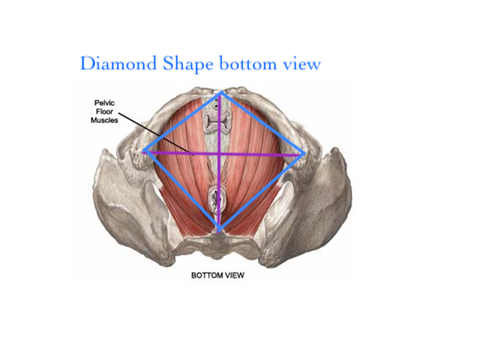
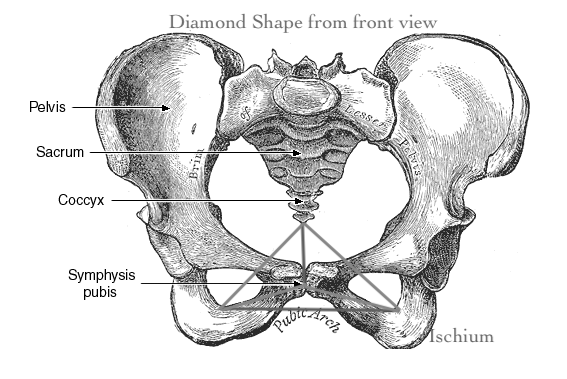
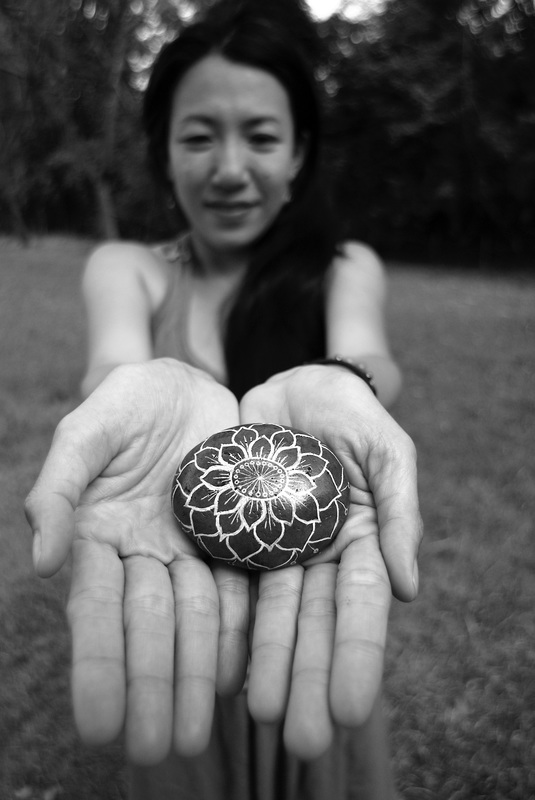
 RSS Feed
RSS Feed
